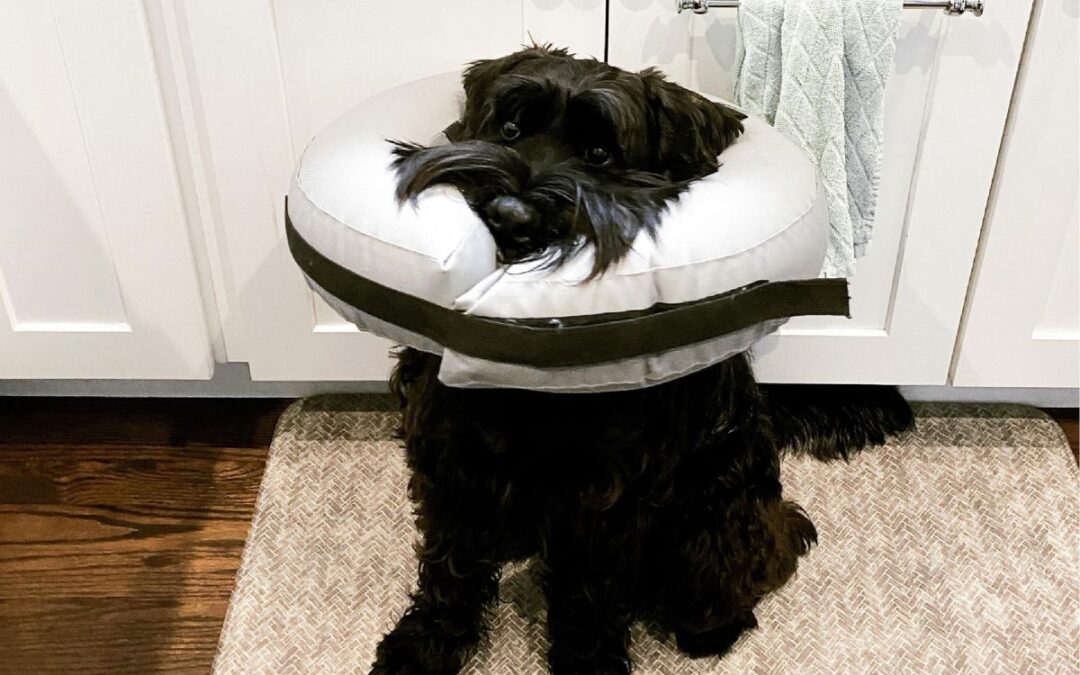Benefits to Delayed Spay/Neuter:
- Reduced incidences of orthopedic disease: Includes arthritis, bone cancer, hip dysplasia, and cruciate ligament (like ACL) tears.
Negatives to Delayed Spay/Neuter:
- Undesired behaviors: Humping, urine marking, mate-seeking behavior.
- Heat cycles: Bleeding.
- Balls: Unsightly?
- Daycare requirements.
- Increased risk of mammary cancer in females: “The risk of a dog developing a mammary tumor is 0.5% if spayed before their first heat (approximately 6 months of age), 8% after their first heat, and 26% after their second heat.” (ACVS)
My recommendations for my clients depend on the sex and size of the dog. I take into consideration that the increased risk of mammary tumors in females after the first 2 heat cycles has been well documented.
-
Small breed dogs :
- Neuter and spay at 6 months.
- Remember to check for retained baby teeth!
-
Medium breed dogs :
- Wait 12 months for neuter in males, if possible.
- Spay females at 6 months.
-
Large breed dogs :
- Wait 12–18 months for neuter in males, if possible.
- Spay females at 12 months (after the first heat cycle, but before the second).
Different vets will have different opinions. My recommendations are based on research and what I would do for my own dog.
Spay/neuter timing in cats is less hotly debated. I recommend spay/neuter by 6 months in both males and females (no later than 5 months in households with kittens of the opposite sex). Intact male cats become very bad roommates (and pee all over your house) around 6-12 months. Cats spayed before 6 months of age have a 7 times reduced risk of developing mammary cancer and spaying at any age reduces the risk of mammary tumors by 40% to 60% in cats.

